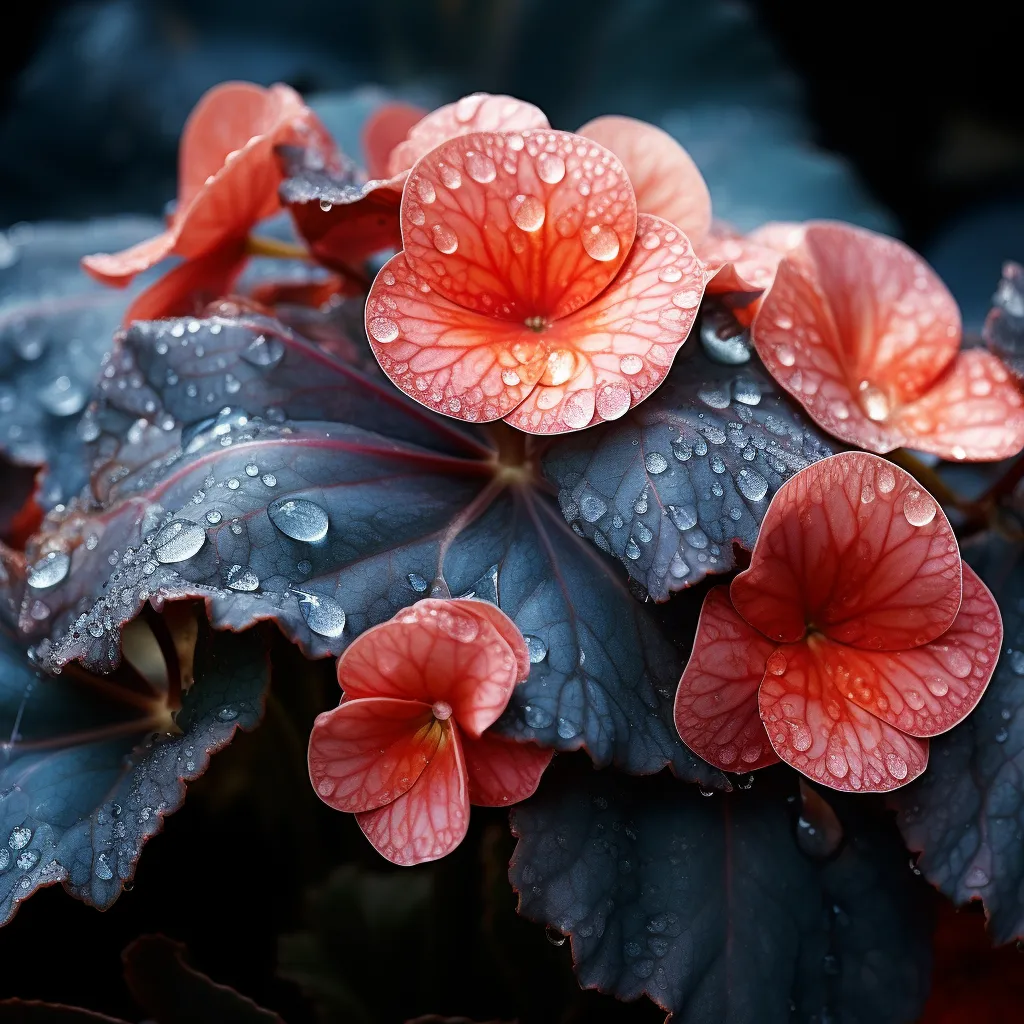Story of Day :
Contents
Begonia luxurians (Palm Leaf Begonia) Plant Care Tips
If you’re a fan of exotic foliage plants, then the Begonia luxurians, commonly known as the Palm Leaf Begonia, is sure to capture your attention.
With its unique palm-like leaves and stunning green coloration, this plant is a must-have for any indoor garden or tropical-themed space.
In this article, we will provide you with all the care tips you need to ensure your Begonia luxurians thrives and remains healthy.
Light Requirements
When it comes to light requirements, the Palm Leaf Begonia prefers bright but indirect light.
Placing it near a north-facing window or providing filtered sunlight through sheer curtains will suffice.
Avoid exposing it to direct sunlight as it can scorch the delicate leaves.
Watering Schedule

The watering needs of your Begonia luxurians will vary depending on factors such as temperature and humidity levels.
As a general rule of thumb, water the plant when the top inch of soil feels dry to touch.
Ensure that excess water drains out from the bottom of its pot to prevent root rot.
Overwatering can be detrimental to this plant’s health.
TIP: Consider using a well-draining potting mix that allows excess water to flow freely.
- During summer months or in warmer climates with higher humidity levels, you may need to increase watering frequency.
- In winter or cooler months when indoor heating can dry out air moisture, reduce watering but do not let soil completely dry out either.
- Avoid misting the leaves directly as this can lead to fungal diseases; instead use a pebble tray filled with water nearby for added humidity.
Temperature and Humidity
The Begonia luxurians thrives in average room temperatures ranging from 65°F to 75°F (18°C to 24°C).
Keep it away from drafts or sudden temperature fluctuations as this can stress the plant.
Maintain a humidity level of around 50-60%.
If your indoor environment is dry, you can use a humidifier or place the pot on a tray filled with water and pebbles.
TIP: Grouping plants together can create a microclimate that increases humidity levels for all plants involved.
Soil Type and Fertilizer
Begonia luxurians prefers well-draining soil that retains moisture without becoming waterlogged.
A mixture of peat moss, perlite, and vermiculite works well for this plant.
You can also add some organic matter like compost to provide additional nutrients.
Fertilize your Palm Leaf Begonia once every two weeks during the growing season using a balanced liquid fertilizer diluted to half strength.
- Avoid over-fertilizing as it can lead to leaf burn or excessive growth at the expense of overall health.
- During the dormant period in winter months, reduce or suspend fertilization until spring when new growth emerges.

Pest Control
Like many houseplants, Begonia luxurians is susceptible to common pests such as aphids, mealybugs, and spider mites.
Regularly inspect your plant for any signs of infestation such as sticky residue on leaves or webs between stems.
If pests are present, treat them promptly with insecticidal soap or horticultural oil according to package instructions.
TIP: Wiping down leaves regularly with a damp cloth helps prevent dust buildup and keeps pests at bay.
Pruning and Propagation
Pruning is not necessary for the Begonia luxurians unless you want to shape it or remove any dead or damaged leaves.
However, if your plant becomes leggy over time, you can trim back some of the stems to encourage bushier growth.
Additionally, Palm Leaf Begonias can be propagated through stem cuttings in water or directly in soil.

- Select a healthy stem with at least three nodes (where leaves emerge).
- Remove lower leaves and dip the cut end in rooting hormone (optional) before placing it in water or well-draining soil mix.
- Keep the cutting consistently moist until roots develop, which usually takes around four to six weeks.
In Conclusion
The Begonia luxurians is a stunning and unique addition to any indoor garden.
By following these care tips on light requirements, watering schedule, temperature and humidity control, soil type and fertilization, pest control, as well as pruning techniques and propagation methods; you can ensure your Palm Leaf Begonia thrives beautifully all year round.
Happy gardening!